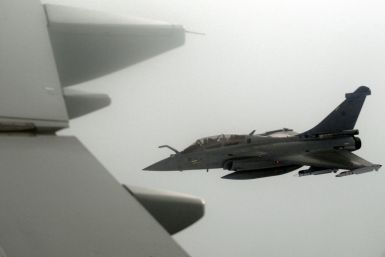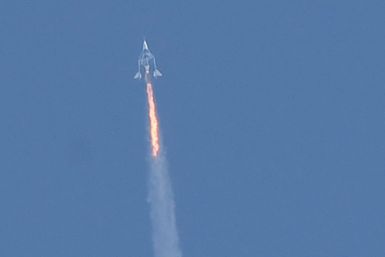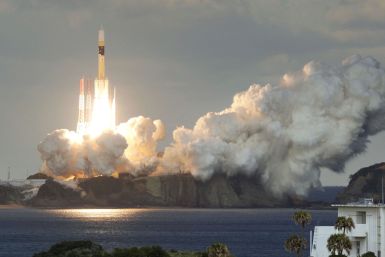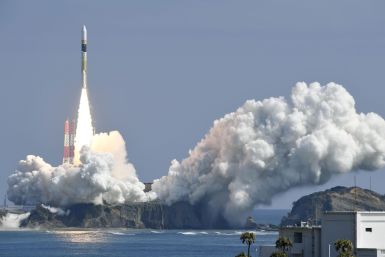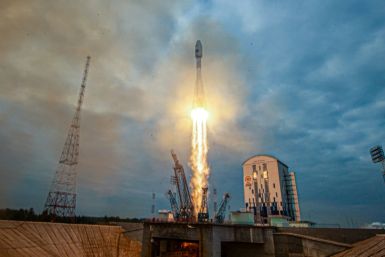Japan's "Moon Sniper" spacecraft will attempt a historic touchdown on the lunar surface this weekend using pinpoint technology the country hopes will lead to success where many have failed.
Chairman of India's space agency S Somanath said a crew of two to three astronauts will be part of India's maiden manned space mission.
All civilian flight operations were brought to a halt for about three hours after a UFO was sighted over the Bir Tikendrajit International Airport in the northeastern state of Manipur.
This year, India signed the NASA-led Artemis Accords, which lays down a framework for space cooperation and lunar exploration plans among participating nations. Some experts believe this indicates New Delhi's inclination toward a Western alliance over one led by China-Russia.
Indian Prime Minister Narendra Modi listed objectives for future Indian Space Research Organization missions and said India should send a man to the moon by 2040 and set up an Indian space station by 2035.
In an update provided Sunday about India's first space mission to study the sun, ISRO said the spacecraft successfully performed a trajectory correction maneuver (TCM) for about 16 seconds on October 6.
S Somanath, chairman of the Indian Space Research Organization, said India is eyeing the Earth's planetary neighbors, Venus and Mars, for further exploration and also has other projects in the works.
The Indian Space Research Organisation attempted to establish communication with the Vikram lander and Pragyan rover but received no signal.
Virgin Galactic on Friday announced it had sent three paying customers on an hour-long journey to space and back, racking up its fourth successful flight in as many months.
The mission is called the "moon sniper" because it aims at landing within 100 meters (roughly 330 feet) of its target on the lunar surface. If successful, this could be a game-changer because it is far less than the conventional range of several kilometers.
Days after making history by being the first nation to land on the moon's south pole, India successfully launched the Aditya-L1 mission to the Sun from the Satish Dhawan Space Centre in Sriharikota on Saturday.
Countries like China, India, Russia and the U.S. are strong contenders in the space race for extraterrestrial resources.
The rover also detected the presence of aluminum, calcium, iron, chromium, titanium, manganese, silicon and oxygen during its research on the lunar surface.
Japan's shot for the moon comes after India's Chandrayaan-3 mission saw a successful soft landing on the moon last week.
The Pragyan rover, weighing about 57 lbs (26kg), traveled to the moon in the belly of the Vikram lander to collect data that will be sent back to Earth for further analysis.
The Chandrayaan-3 mission aims at finding insights into lunar water exploration, which could eventually help in lunar mining and also the discovery of extraterrestrial resources beyond.
A successful soft landing on the lunar south pole would put India in the elite space club of nations that have managed to achieve a soft landing on the moon. The U.S., China, and the former Soviet Union are currently the only members of that club.
Moscow's Luna-25 lander was successfully placed in the Moon's orbit Wednesday, the first such Russian mission in almost 50 years, space agency Roscosmos announced.
The plans for Aditya-L1 include placing the spacecraft in a halo orbit around the Lagrange point 1 (L1)--around 1.5 million km from the Earth--of the Sun-Earth system.
Russia's plan to launch its lunar lander on Friday is the latest in an international push to return to the Moon that includes the world's top powers but also new players.
"There is no danger that they interfere with each other or collide. There is enough space for everyone on the moon," the Russian space agency said.
"This is the third time in succession that ISRO has successfully inserted its spacecraft into the lunar orbit, apart from doing so into the Martian orbit," the space agency noted in a statement.












